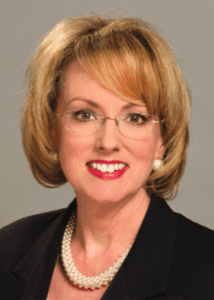Use this moment to ensure nursing’s future around the world.


Why is this report important? Nursing represents 59% of all healthcare professionals around the world. Nurses make a significant contribution to both U.S. and global health goals across a range of health priorities. We need the sustained efforts of the nursing workforce in every country around the world to improve health, which means critical actions for all governments and all relevant stakeholders in three key areas:
- Education. Investment is needed in the massive acceleration of nursing education focused on faculty, infrastructure, and students to address global needs, meet domestic demands, and respond to changing technologies and advancing models of integrated health and social care.
- Workforce. At least 6 million new nursing jobs (primarily in low- and middle-income countries) need to be created by 2030 to offset the projected shortages and correct the inequitable distribution of nurses around the world.
- Leadership. Strengthening leadership skills of current and future leaders is needed to ensure nurses have an influential role in health policy formulation and decision-making and so they can contribute to health and social care system effectiveness.
The report provides a compelling case for the value of the nursing workforce globally. In previous editorials, I’ve written about the value of nursing, the need to protect the nursing workforce from harm in the workplace while supporting each other with positive behaviors and encouragement, and the importance of using nursing titles to differentiate us from other health professionals in the workplace. The evidence and business cases in the report support these important workplace factors, and the report is eloquent about the need for adequate orientation and training, continuing education, and appropriate nurse recognition. All of these areas need senior leadership focus and funding. The most interesting point in the report for me is that defining what constitutes a nursing professional is a global challenge requiring sustained, dedicated efforts to achieve a solution.
Around the world, more investment is needed to retain qualified nurses and reduce turnover. This imperative is key if we’re ever going to reduce the nursing shortage. Such an investment must include better preparing nursing leaders at all levels (including supervisors, managers, directors, and executives) in human resources management.
Overall, the report highlights the importance of nurses and their attributes, which are being spotlighted in the media covering the pandemic. The report, and now the media, hail nurses in all countries as healthcare heroes. As the report states, “Let us seize this opportunity to commit to a decade of action that begins with investing in nursing education, jobs and leadership.” Our patients and the global health community deserve nothing less.


Lillee Gelinas, MSN, RN, CPPS, FAAN Editor-in-Chief


















